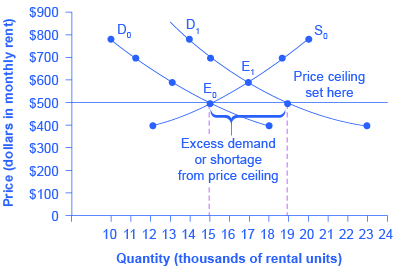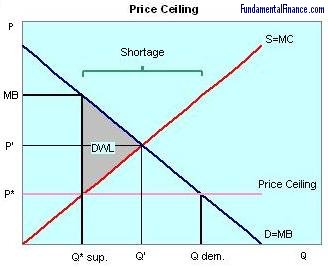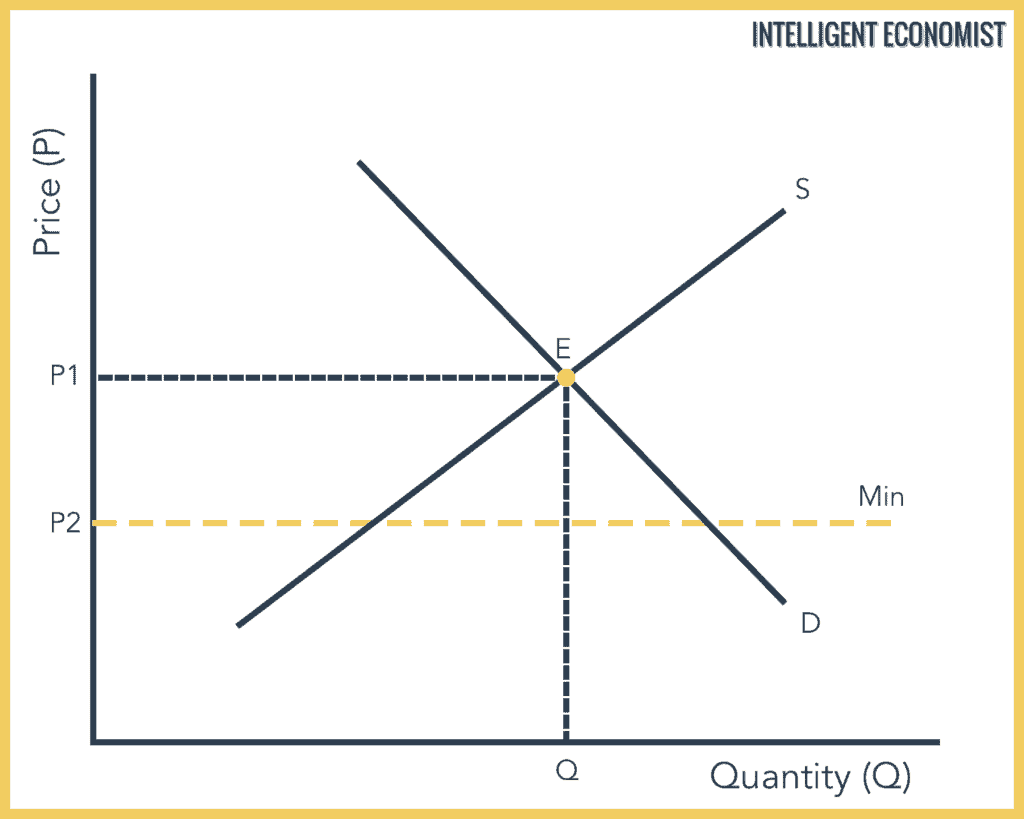Floor And Ceiling Effects Explained

Setting secondary database analysis of a national audit conducted in england and wales on patient undergoing hip and knee arthroplasty in a secondary care setting.
Floor and ceiling effects explained. A ceiling effect can occur with questionnaires standardized tests or other measurements used in research studies. Objectives the objective was to examine whether the oxford hip score ohs demonstrated a floor or a ceiling effect when used to measure the outcome of hip replacement surgery in a large national cohort. The primary objective of this paper was to identify any ceiling or floor effects for the ohs within the tha population. Learn what a ceiling effect is and how to eliminate it using the overall experience rating developed and.
The term ceiling effect is a measurement limitation that occurs when the highest possible score or close to the highest score on a test or measurement instrument is reached thereby decreasing the likelihood that the testing instrument has accurately measured the intended domain. Common scales used in visitor studies and evaluation often suffer from ceiling effects. Secondary objectives were to identify any ceiling or floor effects within the pain and function subscales of the ohs male and female populations age groups and in patients achieving different preoperative scores. Ceiling effects and floor effects both limit the range of data reported by the instrument reducing variability in the gathered data.
The int function short for integer is like the floor function but some calculators and computer programs show different results when given negative numbers. Be explained by better surgical. An interest rate floor is an agreed upon rate in the lower range of rates associated with a floating rate loan product. Interest rate floors are utilized in derivative.
Some say int 3 65 4 the same as the floor function.



















